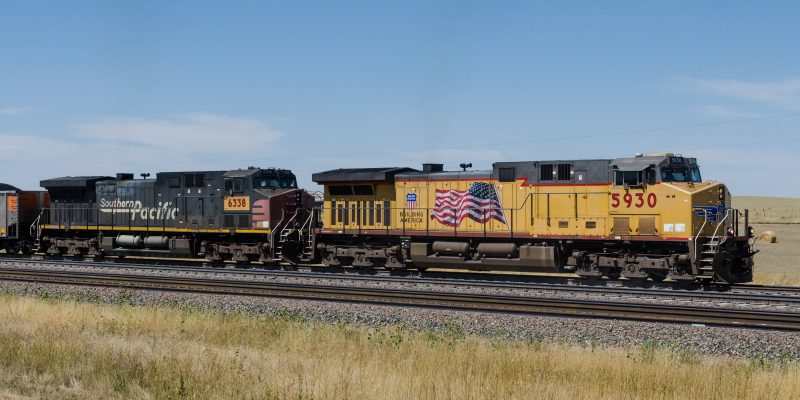![]()

The Union Pacific Railroad’s latest attempt to move toward cutting train crews from 2 people to just 1 remains on hold because of the longstanding safety concerns of the union that represents conductors.
The railroad wanted to start a pilot program using 1-person crews this year in western Nebraska, but couldn’t because the union would have to agree through collective bargaining and refused to do so.
The U-P wanted to see how fast a conductor in a truck could respond to train problems compared to how fast the conductor aboard the train could address them. Conductors would have remained on trains during the pilot program.
U-P executives told the Federal Railroad Administration their plan would help determine how feasible it would be to reduce train crews to just an engineer. They also said it might give the federal agency valuable information to use in making the decision.
The Union Pacific has argued for years that modern technology, especially the automatic braking system now required on all trains, makes having a conductor on board unnecessary.
The railroad also argues that the quality of life for conductors would improve if they don’t have to be on trains all the time because they would have more predictable schedules and wouldn’t have to travel nearly as much.
The conductors union has long argued they play a crucial safety role.by helping monitor track conditions and radio communications so that engineers can remain focused and respond to any emergencies or mechanical problems on the train.
In addition to the safety concerns, the union questions whether a conductor driving a truck would be able to get to a train either because of traffic or a remote location with no nearby roads.
The Federal Railroad Administration proposed a rule last summer requiring 2 people in the cab of a locomotive in most circumstances, and the union representing conductors has strongly endorsed it.
